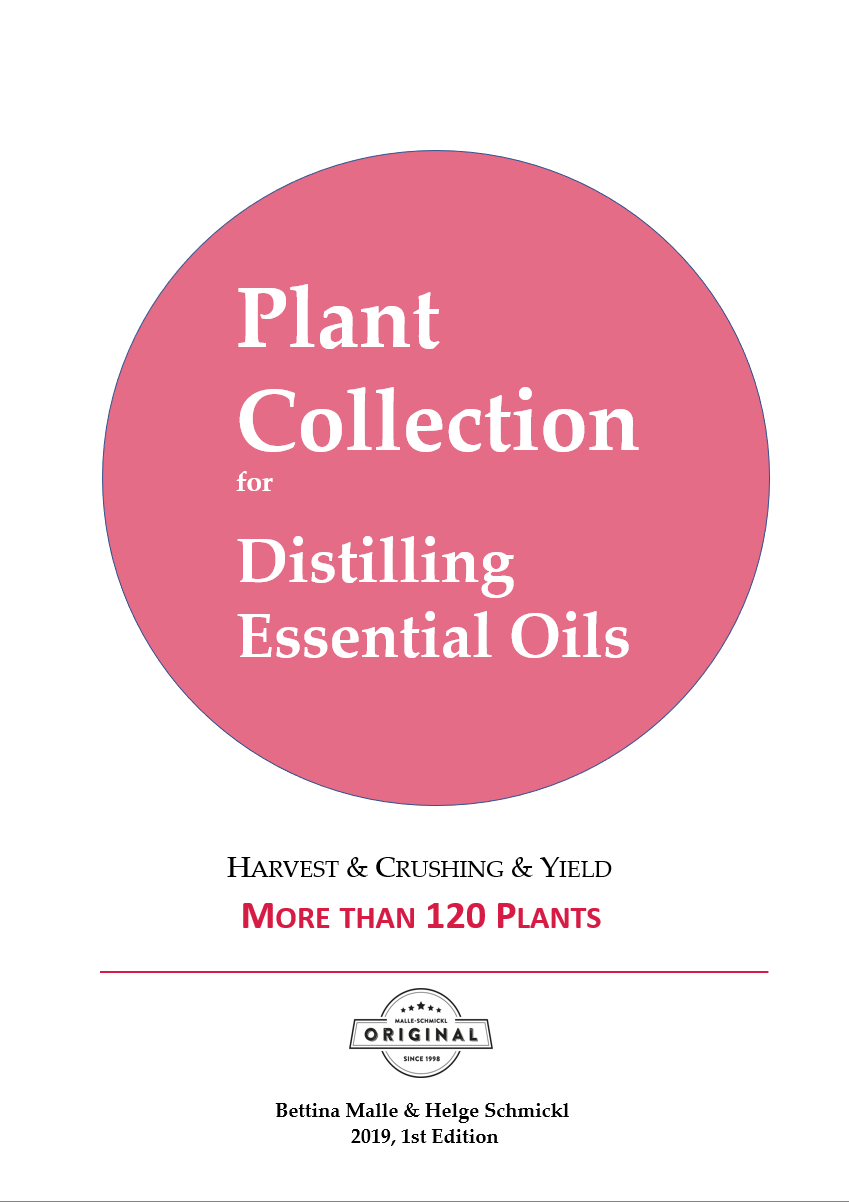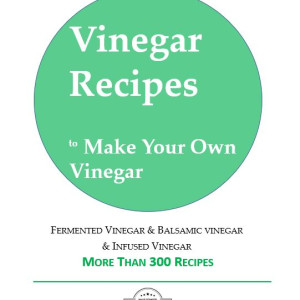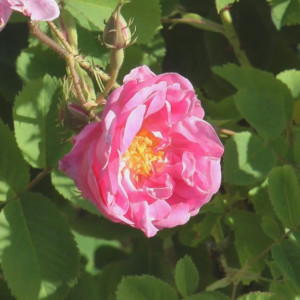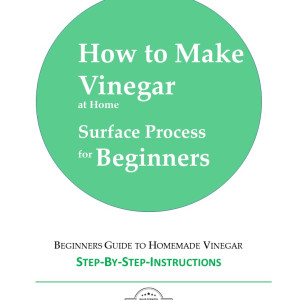Description
This extensive plant collection with essential oil recipes was compiled by us over many years in the context of our making essential oils courses. It includes both classics such as lavender, rose, chamomile, rosemary, orange, lemon, mountain pine and more unusual plants such as eagle wood, balsam poplar, and Paolo Santo. You will also find the plant part used, harvest time, type of crushing and yield of essential oil for each plant in a short and clear format. This plant collection of essential oils is intended for people who already have the basic knowledge of how to produce essential oils and hydrosols. If you still lack this, then we recommend in any case to get the manual for beginners – Make your own essential oil respectively to buy our practice book Make Essential Oils at Home to build up your basic knowledge. Or visit the Essential Oil Online Course respectively our essential oil distillation hands-on workshop.
Content
- The book contains the basic formulation for the steam distillation of essential oils.
- The essential oil formulations are sorted alphabetically from A to Z: over 120 different plants are presented for oil extraction
- For all essential oil and hydrosol production recipes, the part of the plant to be distilled (flowers, leaves, stems, roots, resin), the extraction method (distillation, maceration, cold pressing), details of the harvest (optimal time of day for harvesting), and the type of production are all specified, as well as measures for maximum yield, the type of crushing (mortaring, chopping, fermenting, …) and the expected yield of essential oil (percentage of essential oil in relation to the amount of plant used).
What will you be able to do thereafter?
- You can use the plant collection to produce essential oils from a wide variety of plants: Rose oil and rose water, lavender oil and lavender hydrosol, rosemary oil and rosemary hydrosol, etc.
- With the help of this extensive recipe collection you will get a feeling for which plant species are to be crushed and how.
- After a few trials, you will have enough experience to choose the right extraction method – distillation, enfleurage, maceration – for each plant.
- Once you have tried the first recipes, you can process your own herbs and plants using the numerous examples.






